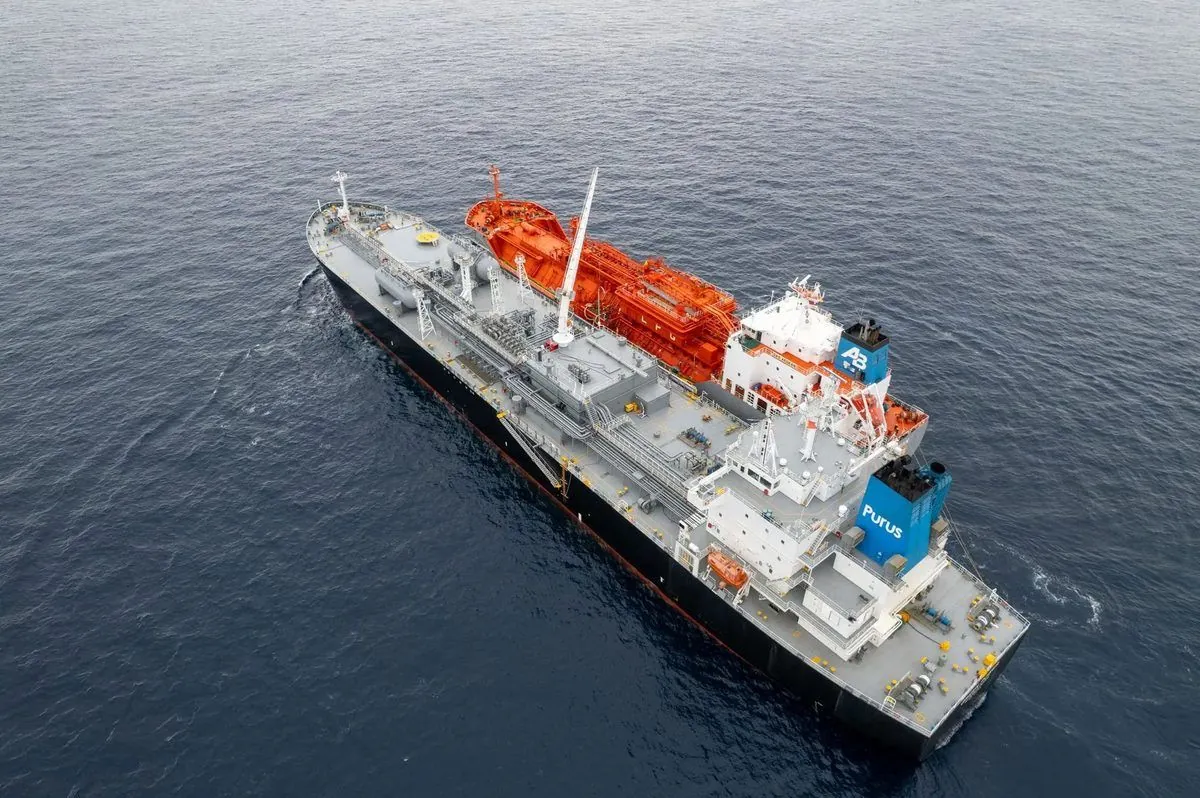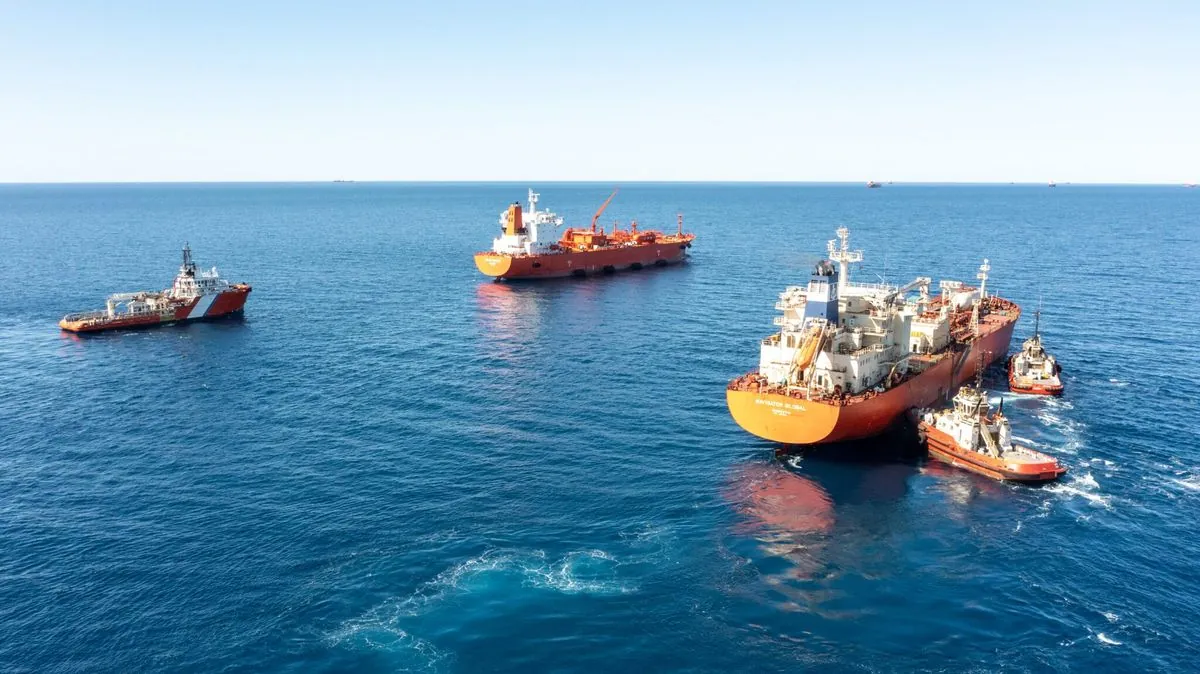Pioneering Ammonia Transfer in Australia Boosts Maritime Decarbonization Efforts
Companies complete groundbreaking ammonia cargo transfer in Australia, marking a significant step towards maritime decarbonization. The operation paves the way for ammonia bunkering infrastructure development in the region.

In a significant development for maritime decarbonization efforts, a consortium of companies has successfully completed a pioneering ammonia cargo transfer operation in Australia. This achievement marks a crucial step towards establishing ammonia bunkering infrastructure in the region.
Mitsui O.S.K. Lines, Yara International, and the Global Centre for Maritime Decarbonisation jointly conducted the operation, which simulated bunkering conditions at Dampier port in the Pilbara region of northwest Australia. The trial, completed on September 19, 2024, is notable for being the world's first ship-to-ship transfer of ammonia for vessels at anchorage.
The operation involved two transfers, each consisting of 4,000 cubic meters of ammonia, between vessels owned by Mitsui O.S.K Lines and Navigator Gas. This successful demonstration is expected to accelerate the development of ammonia as a clean fuel alternative for the shipping industry.

Ammonia has gained attention as a potential zero-carbon fuel for shipping, as it produces no CO2 when burned. This characteristic aligns with the International Maritime Organization's goal to reduce shipping emissions by 50% by 2050. The shipping industry currently accounts for approximately 3% of global greenhouse gas emissions, highlighting the urgent need for cleaner alternatives.
The choice of the Pilbara region for this trial is strategic, given its potential to become a future ammonia bunkering hub. Dampier port, one of Australia's largest bulk export facilities, has extensive experience in handling ammonia exports, making it an ideal location for developing such infrastructure.
"The successful ship-to-ship transfer of ammonia is a critical learning step forward in enabling ammonia bunkering operations in a port environment as global shipping moves to effective use of clean ammonia as a fuel."
This breakthrough comes at a time when the global ammonia market is experiencing significant growth, valued at approximately $70 billion in 2019. Ammonia, first synthesized by Fritz Haber in 1909, has become the second-most-produced chemical in the world after sulfuric acid, thanks to the Haber-Bosch process developed in 1910.
The involvement of industry leaders in this project underscores its importance. Yara International, one of the world's largest fertilizer companies, brings extensive experience in ammonia production. Mitsui O.S.K. Lines, a major Japanese shipping company founded in 1884, contributes its maritime expertise. The Global Centre for Maritime Decarbonisation, established in Singapore in 2021, has been instrumental in conducting trials and studies to enable alternative fuels for refueling ships.
As the maritime industry continues to explore various alternative fuels to reduce carbon emissions, this successful ammonia transfer operation represents a significant milestone. It demonstrates the feasibility of ammonia as a marine fuel and paves the way for further development of the necessary infrastructure to support its widespread adoption in the shipping sector.


































